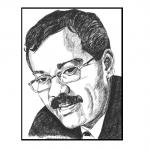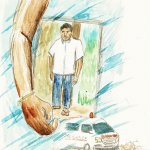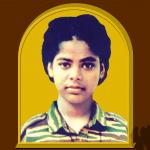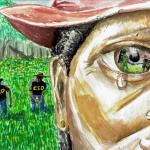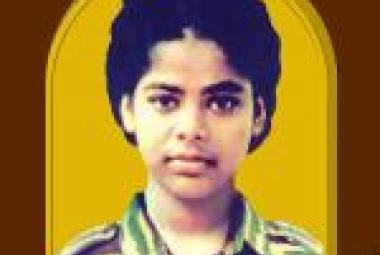UN human rights chief - reports of recent rape and torture in Sri Lanka 'merit closer inspection from our part'

The UN High Commissioner for Human Rights, Zeid Ra'ad Al Hussein has highlighted the need for a "much closer inspection" on the part of the UN into reports of rape and torture of Tamil men by Sri Lankan security services since 2016, under the current national unity government.
Responding to reports published on Wednesday by the Associated Press detailing rape and torture by security forces from 2016 until July 2017, Mr Zeid said, "while the UN is unable to confirm this until we mount an investigation, clearly the reports are horrifying and merit a much closer inspection from our part, especially if they occurred in 2016 and 2017."
The news wire, which based its feature on interviews with 20 Tamil men and a review of 32 medical and psychological reports, noted that the UN Human Rights chief was "aghast at AP's accounts of the 52 tortured men."

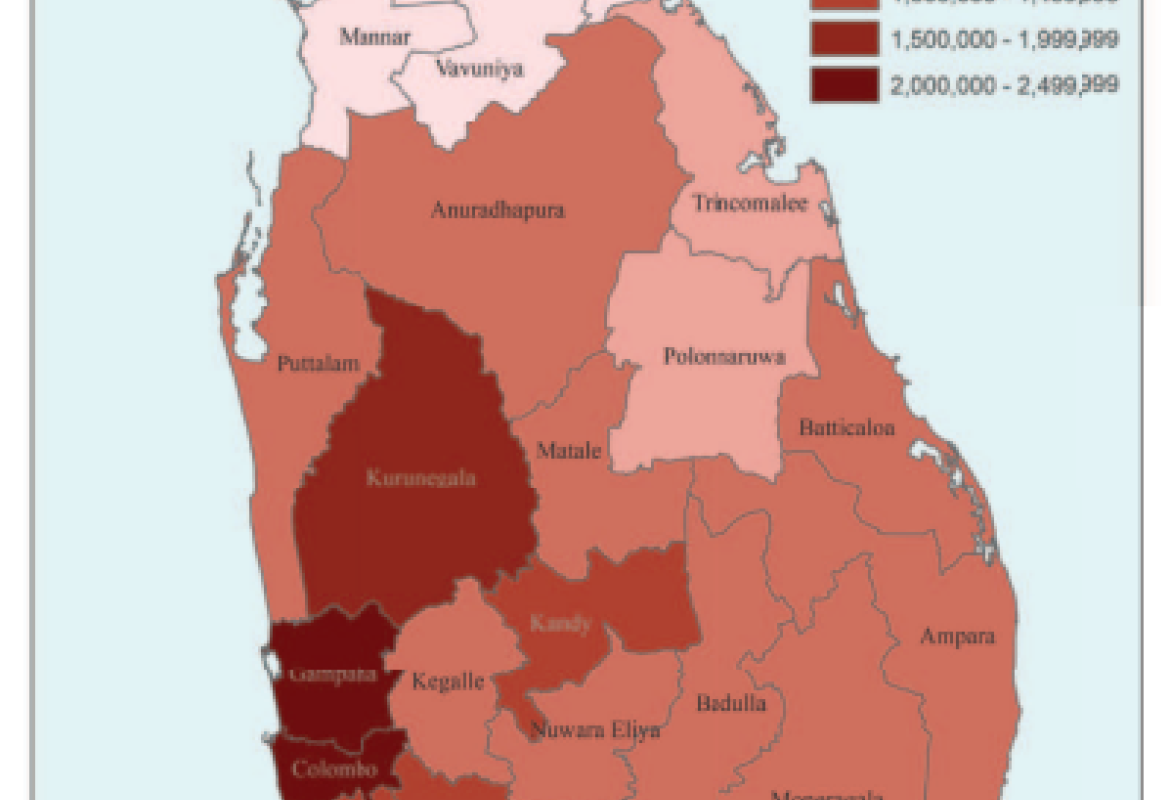
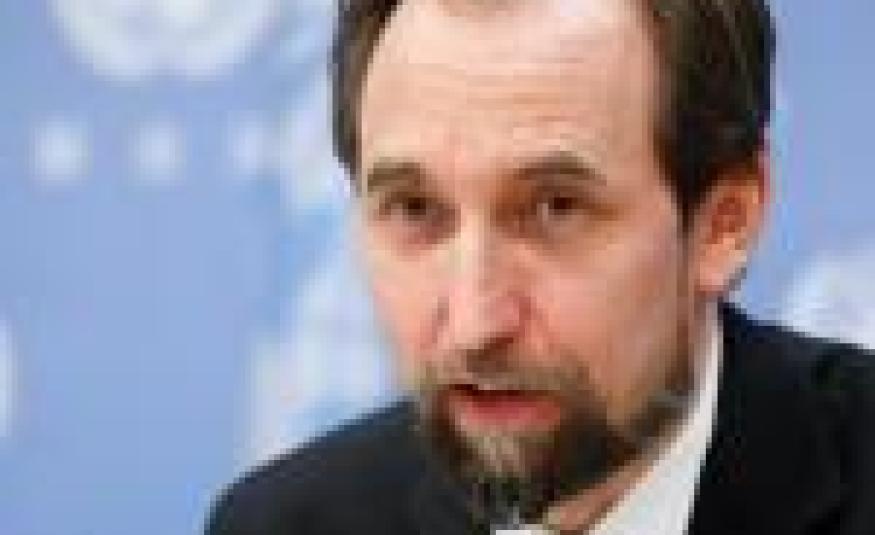



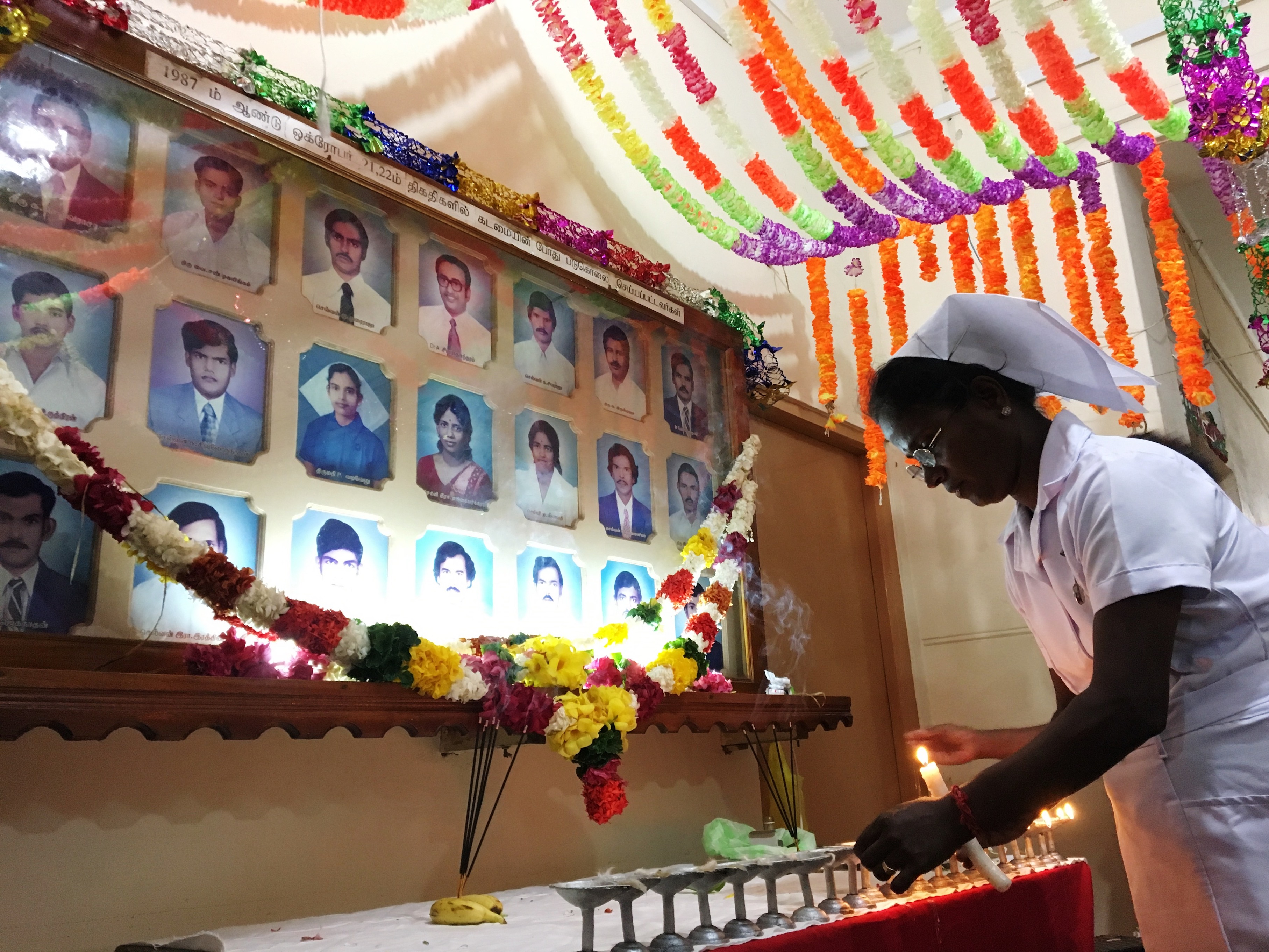
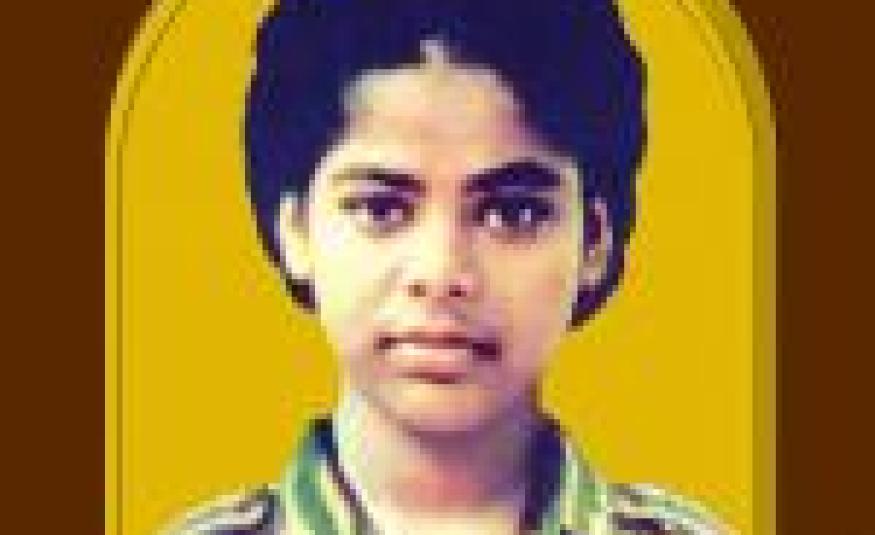

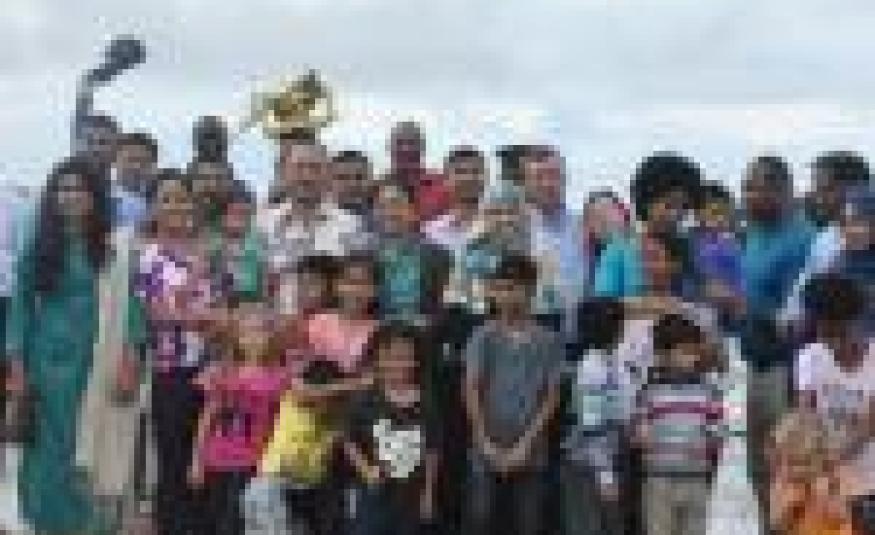




.JPG)

